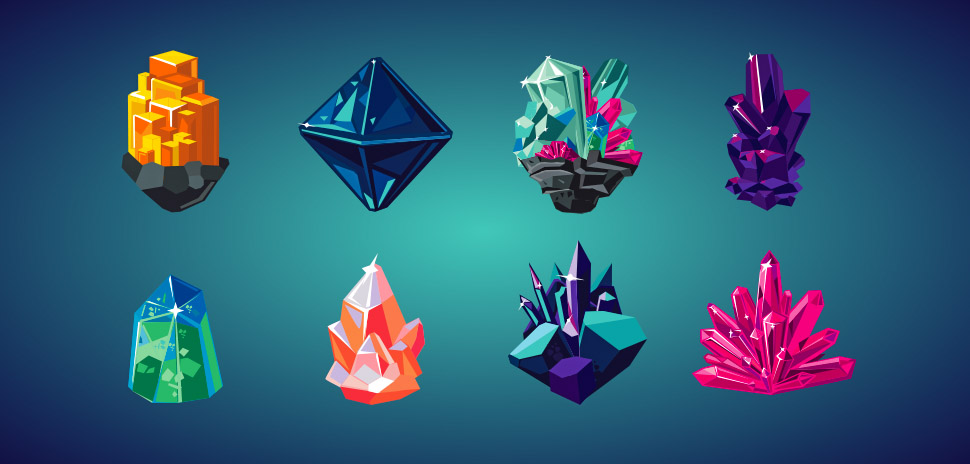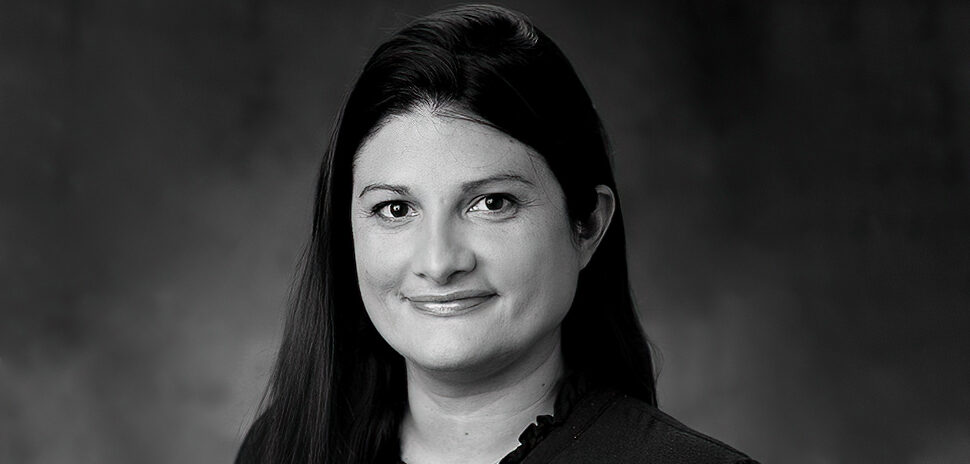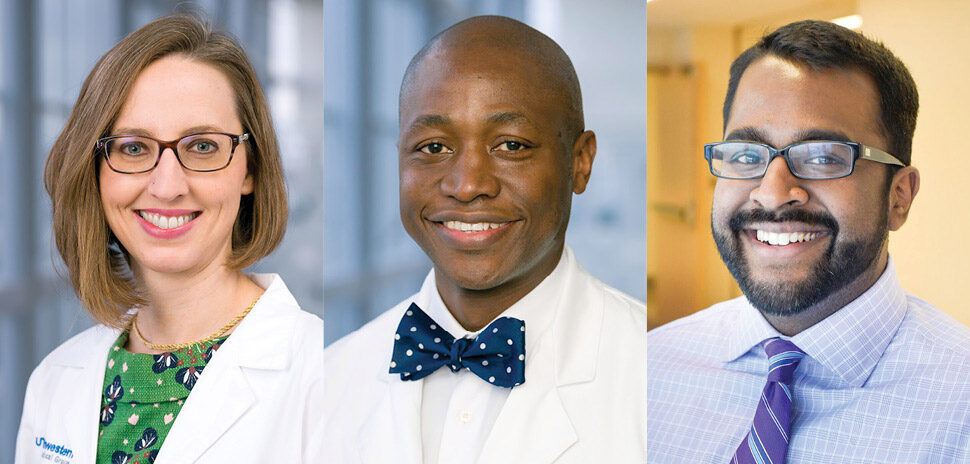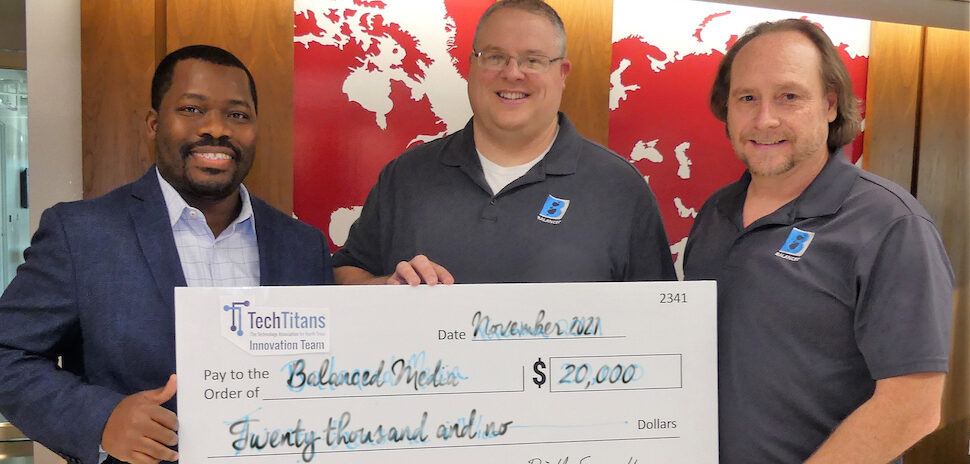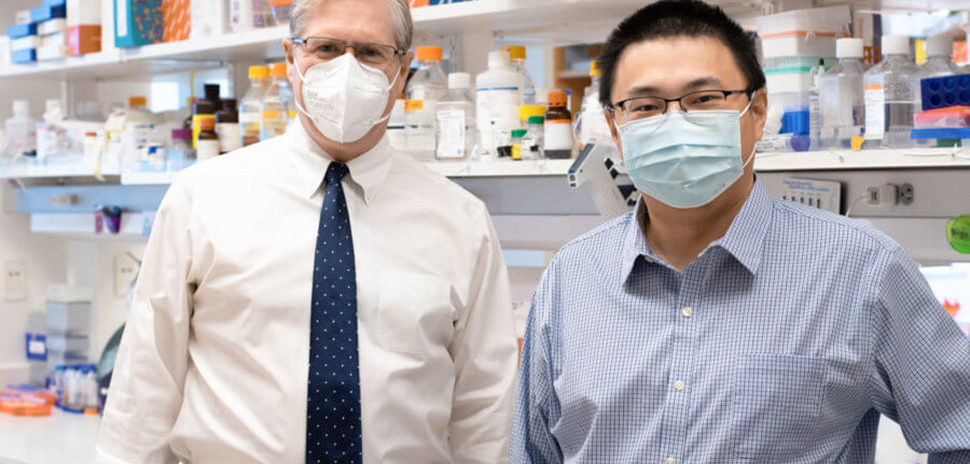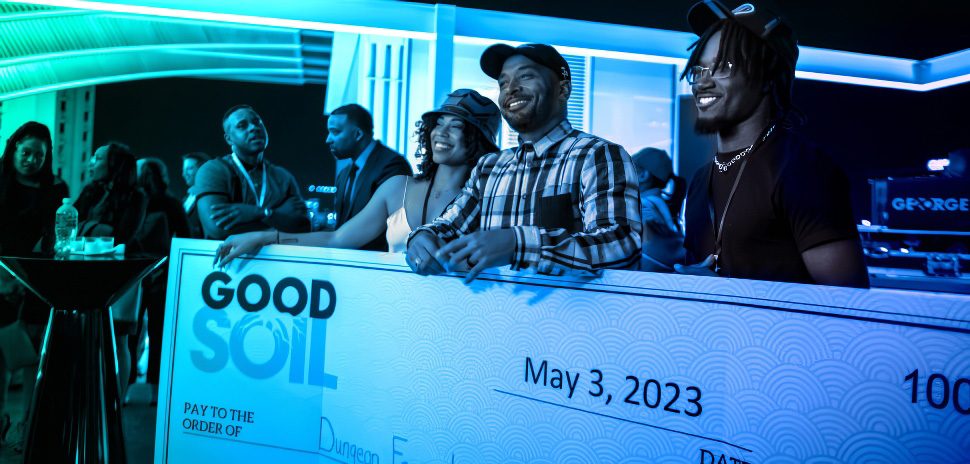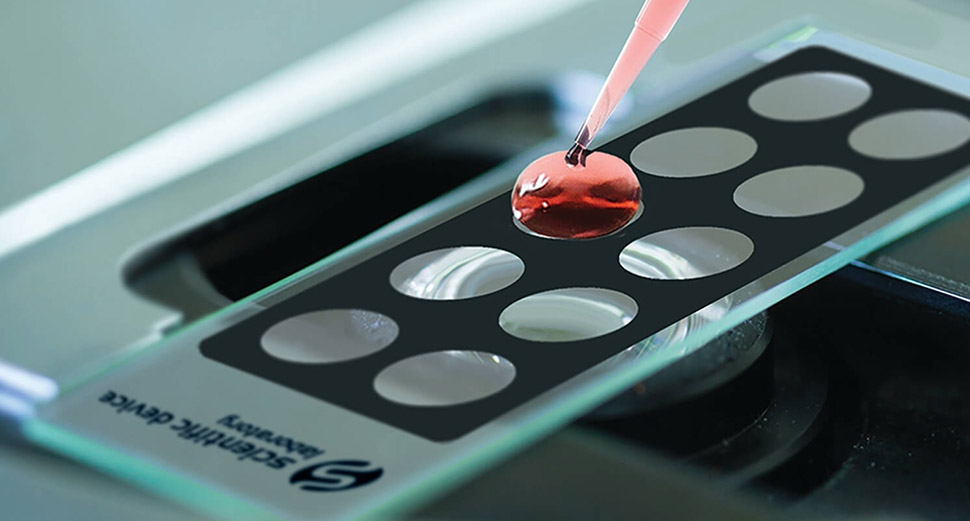![]() Every week, we do a little research of our own. We’re looking for scientists, professors, engineers, entrepreneurs—anybody, really—engaging in research and development across North Texas.
Every week, we do a little research of our own. We’re looking for scientists, professors, engineers, entrepreneurs—anybody, really—engaging in research and development across North Texas.
There’s plenty of good work being done. If you want to put R&D under your microscope, sign up for our e-newsletter.
Crystal clear: Prestigious program picks UTD grad student
UT Dallas grad student Ashley Weiland has been chosen by the U.S. Department of Energy for its Office of Science Graduate Student Research Program, where she’ll get the opportunity to use X-rays to study the growth of perfect crystals inside a 2,000-degree closed crucible.
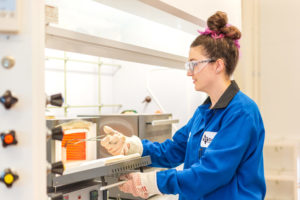
Ashley Weiland in the lab. [Photo: UT Dallas]
Weiland is one of 70 graduate students nationwide who were chosen for the program.
She’s getting funds to conduct part of her doctoral research on crystal growth at Argonne National Laboratory in Illinois in collaboration with a Department of Energy scientiest, UTD said in a release.
Weiland, the first student from UT Dallas to be selected for the program in its history, is pursuing her Ph.D. at UT Dallas as a member of Dr. Julia Chan’s solid-state chemistry laboratory. UT Dallas said that the researchers in Chan’s group have developed methods for growing single crystals from individual elements from the periodic table as well as combinations of elements.
“As the elements are heated to high temperatures, their atoms rearrange in a periodic order to form a crystal,” Chan, a professor of chemistry in the School of Natural Sciences and Mathematics, said in a release. “The kind of compound you get and the properties of that material will be dictated by how those atoms are arranged, and it’s possible to discover something entirely new.”
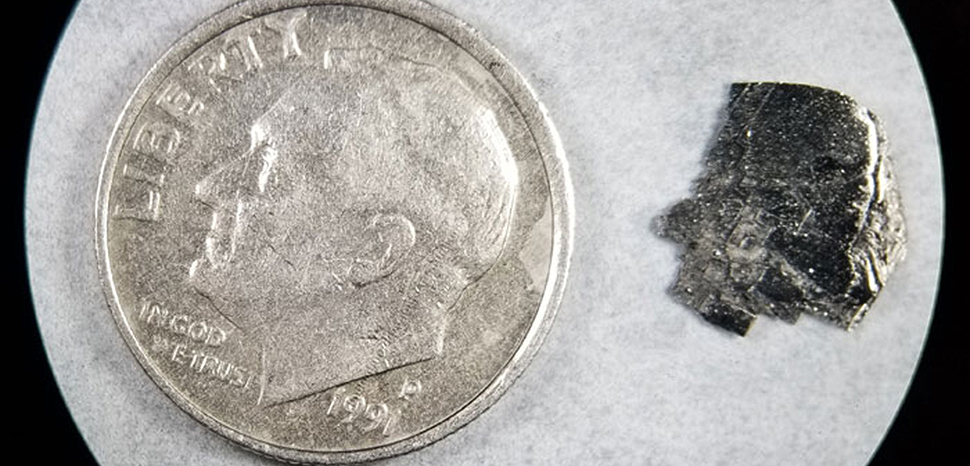
Ashley Weiland grew this crystal containing the elements cerium, cobalt and germanium in the lab of Dr. Julia Chan, professor of chemistry. At about 1 centimeter in size, the crystal is much larger than most intermetallic crystals grown in the lab. [Photo: Courtesy UT Dallas]
UTSW pinpoints causes of rare genetic diseases in children
A new approach combining DNA sequencing and chemical analysis is being used by scientists at the Children’s Medical Center Research Institute at UT Southwestern (CRI) pinpoint the causes of rare genetic diseases in children and more rapidly identify treatment options.
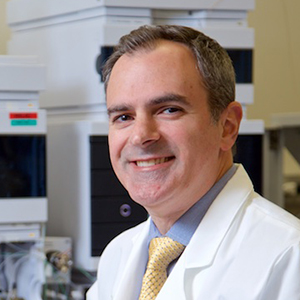
Ralph DeBerardinis
Called metabolomics, the approach identifies mutant genes that cause defective metabolic pathways in patients, UTSW said in a release.
“We hope our new technique will increase the speed with which we can pinpoint the defective gene in patients evaluated in our clinics at Children’s Health,” said Dr. Ralph DeBerardinis, professor at CRI and of Pediatrics at UT Southwestern, where he is Chief of the Division of Pediatric Genetics and Metabolism and holds the Joel B. Steinberg, M.D. Chair in Pediatrics and is a Sowell Family Scholar in Medical Research.
DeBerardinis also directs CRI’s Genetic and Metabolic Disease Program.
“Pinpointing the mutation allows us to provide useful information to the family about the disease and its risk to other family members. In some cases, the information either points to an existing therapy or helps us to devise new ones,” he said.
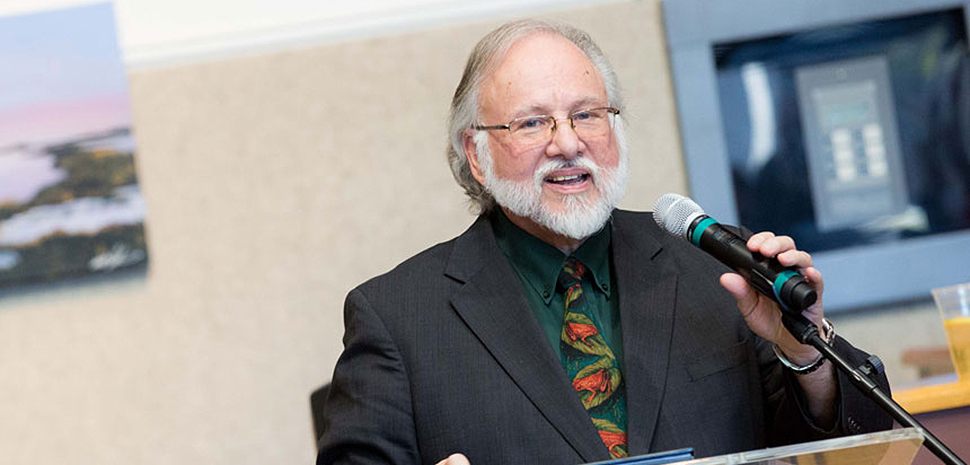
Thomas Yorio of the University of North Texas Health Science Center in Fort Worth. [Photo: UNT Health Science Center]
Association honors UNTHSC eye, vision researcher Yorio
Thomas Yorio, a professor in the Pharmacology and Neuroscience Department at the UNT Health Science Center in Fort Worth, recently was recognized by Association for Research in Vision and Opthalmology with the Joanne G. Angle Award.
The award is the highest service award given by the association to a volunteer professional, and it recognizes his contributions to eye and vision research.
Yorio joined the center as an eye researcher and assistant professor in 1977, and he has presented his research and collaborated with scientists from dozens of countries, during his tenure at UNTHSC.
“One of the main benefits of the organization is it brings people together to exchange ideas and develop friendships,” he said.
READ NEXT
![]()
Get on the list.
Dallas Innovates, every day.
Sign up to keep your eye on what’s new and next in Dallas-Fort Worth, every day.










